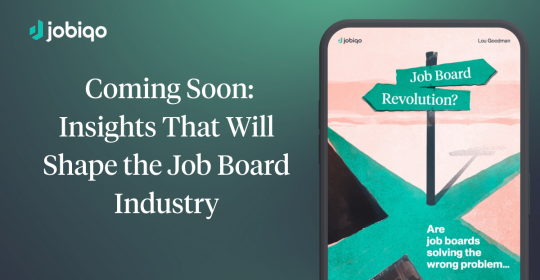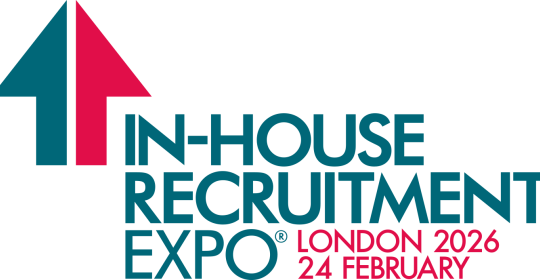Thankfully, there are ways to keep track of workforce data and use it to your advantage. Services like reveliolabs track massive amounts of data from top companies around the world and offer customizable reports so you can look at the information that matters most to you. Here are some clever ways to use workforce data to watch and understand hiring trends.
See Where Ideal Employees Are Located
Depending on your line of business, there may be clear trends of where your ideal talent pool resides. This can help you determine how much to include remote work in your strategy or where opening new offices would be most effective. It may also be a clue to where your most competitive markets are located and what other types of companies are hiring these types of candidates.
Increase Workplace Diversity
To increase diversity in the workplace, a conscious effort must be made. One of the first steps is assessing other companies doing this well and where you can help attract a more diverse workforce within your industry. Obviously, workforce data is an essential tool to getting an overall picture before you attempt to go out into the community and do the necessary work of finding a diverse group of employees.
Determine Appropriate Salary
Workforce data is very helpful in determining pay for your current or future employees. Being competitive with salary and benefits is essential to attracting great talent. Looking at what others are paying can help you determine what makes the most sense for your company. If you are paying lower on the salary scale, you may need to get competitive about other benefits you offer to attract workers that will be the right fit.
Find Candidates That Are Otherwise Overlooked
Traditional networking often means some great talent is going undiscovered, especially in more prominent companies where everyone doesn’t get the same chance for facetime. This type of networking means those with a leg up have a greater shot, as well as those extroverted employees with a particular set of social skills. Not all jobs require this traditional type of climber, and data can help you spot people doing a great job that might not have been immediately obvious. Make sure to think outside of the box when searching for new talent, and you may make some discoveries you never would have otherwise.
Create a Process That Works for Your Company
Not only is data useful in the hiring process, but the Harvard Business Review also says that hiring with an algorithm is better than hiring based on instinct. In fact, it can increase the chance that you’ll hire productive employees by over 50 percent. If you take the time to design a process that fits your needs, you can find talent much easier and more accurately by using workforce data.
Automating the hiring process may seem impersonal or confusing to companies that are unfamiliar with the process. Still, studies like the one above demonstrate how effective and valuable it can be. If you want to build a more substantial, more efficient employee base, using workforce data is an essential tool for the modern recruiter. Whether it will completely replace old methods of instinct hiring and traditional hiring is up for debate, but it is already proven to be an extremely useful tool to supplement the recruiting process. Data allows you to measure productivity, diversity, location, and even leadership potential more easily and quickly than previous methods. Look into workforce data research to see if it is the right choice for your hiring process.






